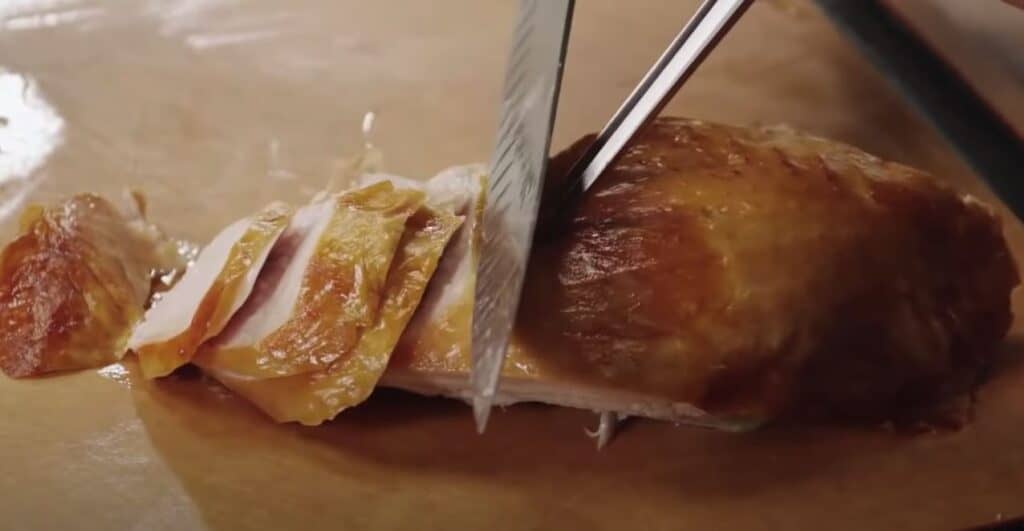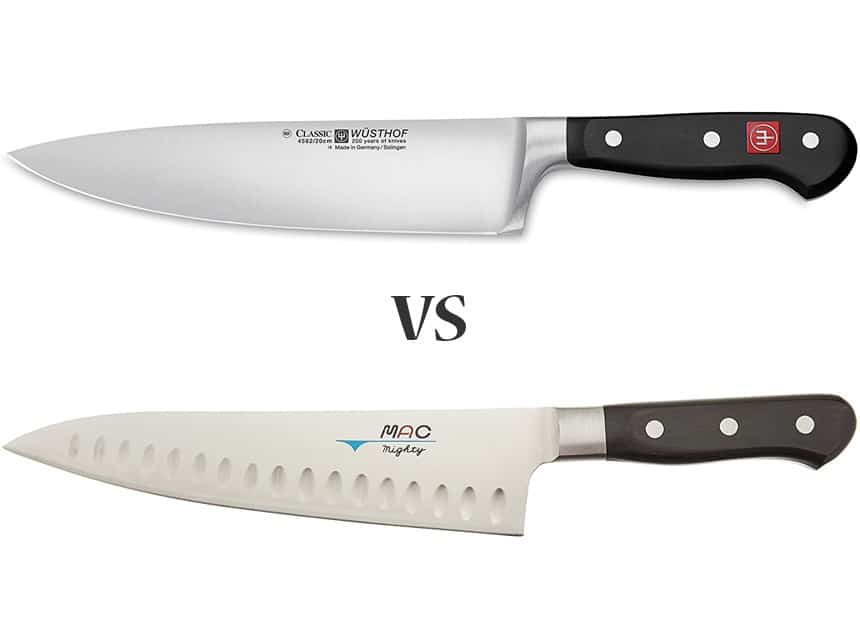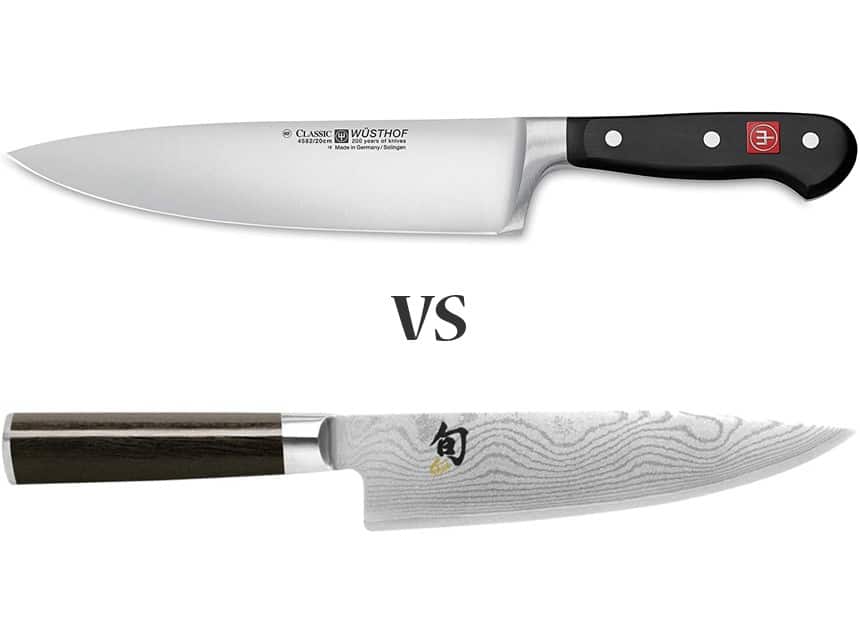
Carving knives are an essential tool in any amateur or professional chef’s kitchen. They are used to cut uniform slices of various meats and are made in a very distinct way to make them the perfect knife to get the job done. Many people wonder if the edge of these knives comes serrated.
Carving knives are not usually serrated. These knives have narrow, smooth-edged blades to help the knife carve through meat easily, causing the least amount of damage to the tissue as possible. This helps to keep the meat intact, providing a better-looking slice.
Carving knives are not typically serrated for many good reasons. Serrated edges cause a lot of tearing and usually require more sawing motion to cut through the food they are used on.
A good carving knife can make your cooking experience so much easier and is worth investing in; you just have to know what to look for in the store!
Together, we’ll explore more about why carving knives are not made serrated and the benefits they bring to any chef’s kitchen.
Should a carving knife be serrated?
As stated above, a carving knife should not be serrated, and with good reason. When carving meat, you want to do as little tearing and sawing as possible to keep the meat intact. The texture of most meat is too soft for the edge of a serrated knife.
With a serrated edge, the knife would not move through the meat as easily, and you would end up having to do a lot more sawing back and forth. This would do unnecessary damage to the meat because the tissue is too soft.
Serrated knives are much better suited for harder things such as crusty bread or tough fruit and vegetables.
What is special about a carving knife?
Carving knives have a few unique qualities that make them perfectly suited for carving things like your Thanksgiving turkey, chicken, or large roasts. These specialty knives have sharp, pointed tips and very narrow blades that are thinner than most.
The sharp points allow the knife to be used to work around joints and other difficult spots with precision when carving. The thin blade makes it so the knife runs smoothly through the tissue and reduces the need to saw back and forth. It also makes it easier to cut uniform pieces.
Sometimes, carving knives are made with large, shallow dents along both sides of the blade. These dents are added to make it even easier to glide the knife through whatever it is you’re carving. A good carving knife should be longer than the food you are using it on to allow you the ability to move the knife back and forth less and still get the job done. So, many carving knives range from 8 to 14 or 15 inches in length. That is why the knife you usually see someone carving a turkey with at your Thanksgiving dinner looks so large!

